Benchtops are capable of delivering an impressive array of architectural aesthetics that can be achieved through custom benchtop edge profiles. The following five edge profiles are designed to maximise the pattern, colour and texture of your slab, and accentuate the form and design of your kitchen benchtop.
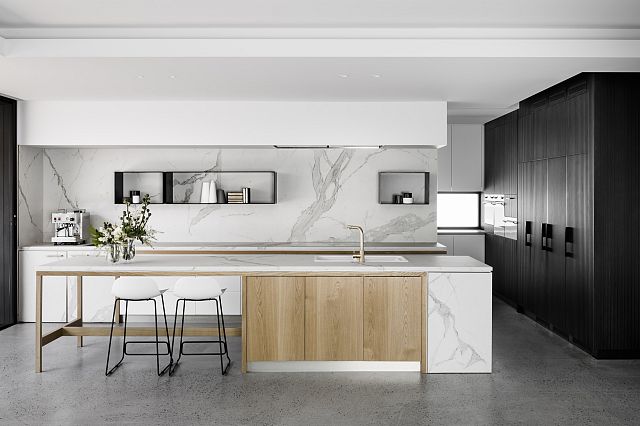
We recently published about the new and progressive architectural aesthetics of porcelain. Our porcelain partners are constantly innovating through cutting-edge design and manufacturing to achieve new architectural aesthetics which allow you to achieve inspired and ambitious ideas within your kitchen projects and especially on benchtops and countertops.
In this article we expand on the topic, exploring a range of porcelain benchtop aesthetics that can be achieved using different edging details including an exposed edge and exposed curved edge, mitred edge, shark nosed edge and more.
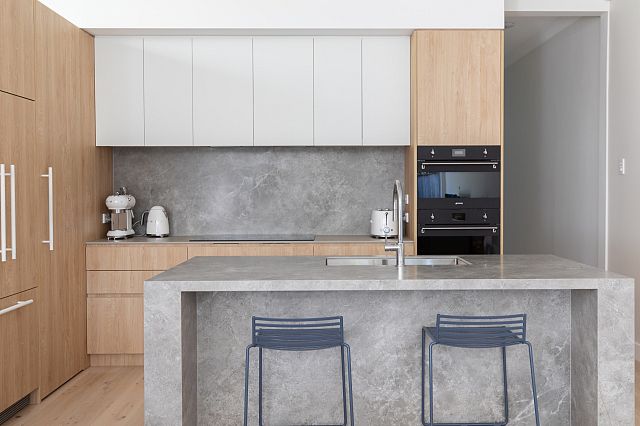
The exposed edge
An exposed straight edge highlights the slim, natural profile of the 12-millimetre porcelain slab while also maintaining the incredible strength for which porcelain is so popular. In this North Bondi Residence we see Artedomus’ Beton Rope (notable for its concrete tonal qualities), used on the kitchen benchtops. It has been finished off with a slight pencil round to expose the profile of the material and achieve a clean-lined appearance.
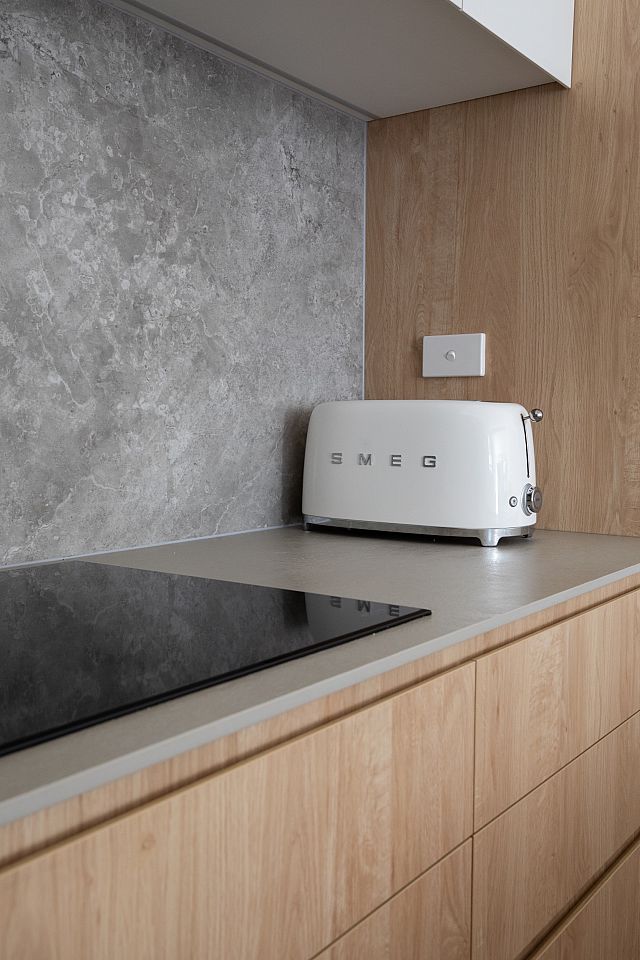
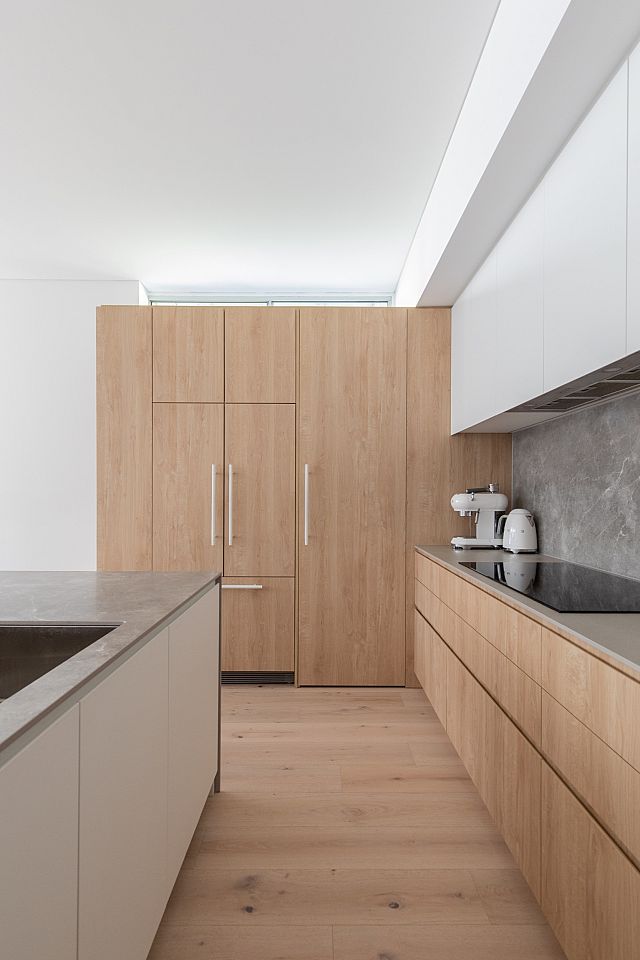
The exposed curved edge
Twelve-millimetre porcelain panels can also be cut on a curve to achieve a soft silhouette or organic line – so popular in contemporary design. House Bean by Lintel Studio employs this curved profile, using Artetech Beton White, which is notable for its concrete-like patterning and appearance. Importantly, a curved exposed edge does not impact the structural strength of porcelain, however you may choose to polish your edges to minimise any potential for chipping.
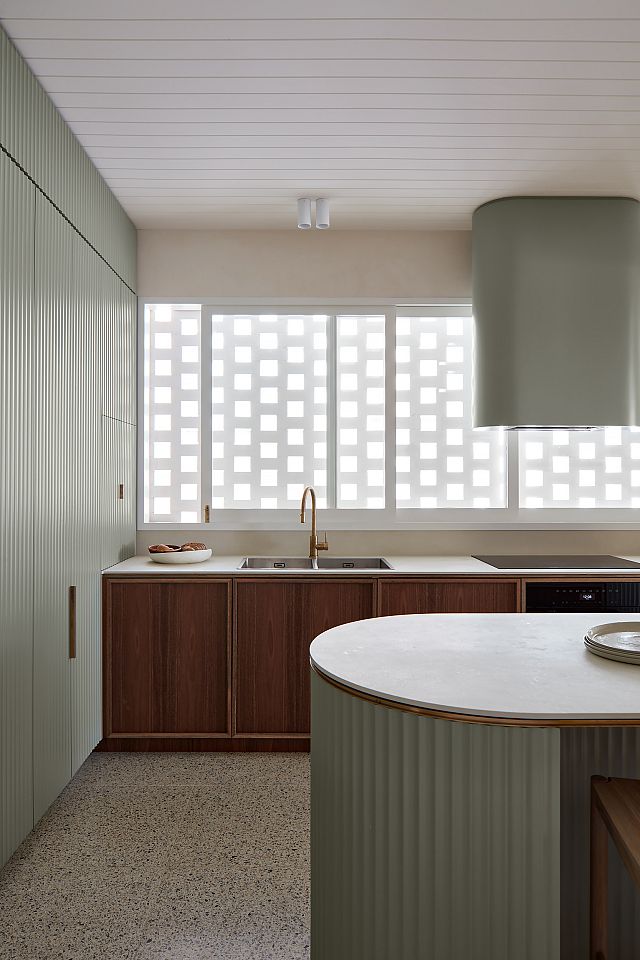
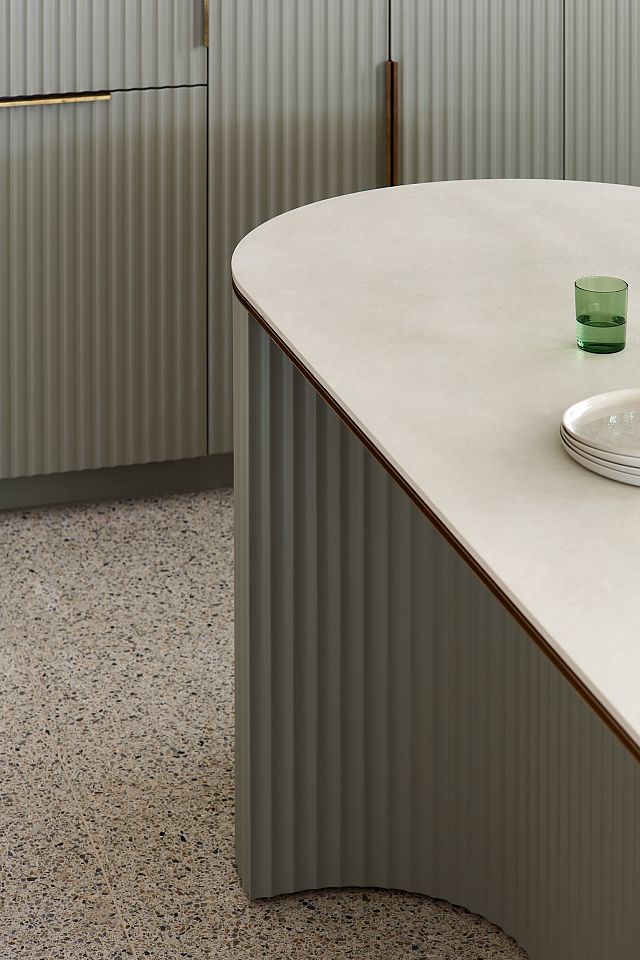
The mitred edge
If you’re looking to design a solid or monolithic benchtop, a mitred edge will help you achieve this. A mitred edge is produced by joining together two edges, each cut at 45-degree angles, to achieve a 90-degree edge or corner. This seamlessly joins the horizontal and vertical planes of your benchtop to create an impressive monolithic form.
In North Bondi Residence the designers have used 12 millimetre Maximum Fior Di Bosco to achieve a monolithic look.
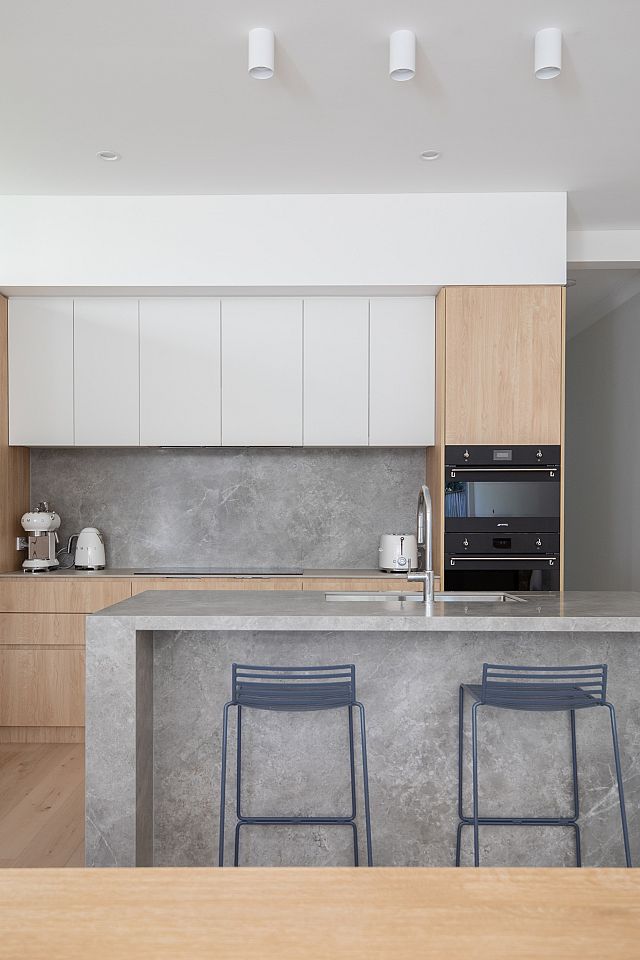
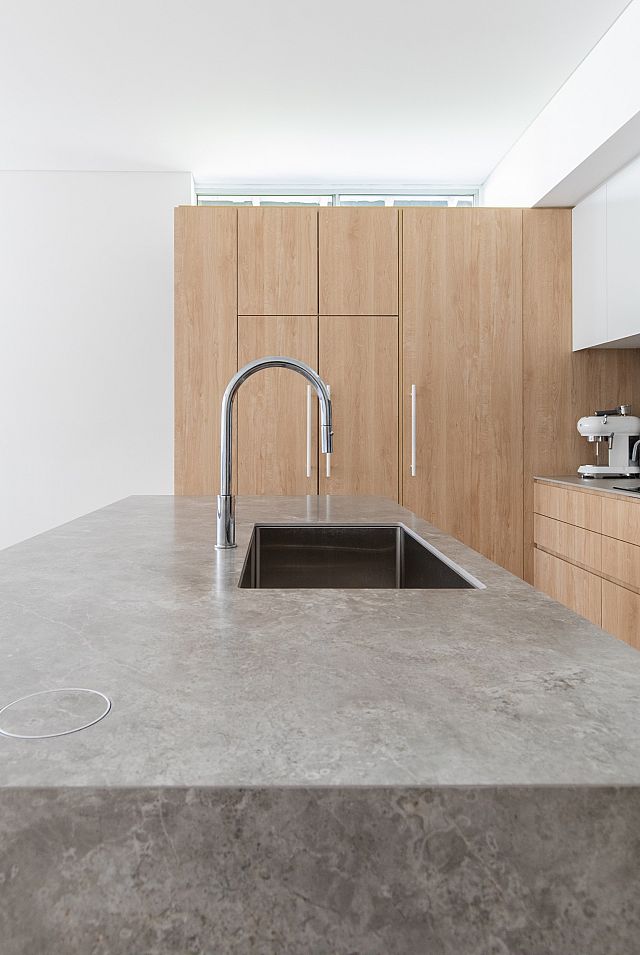
In Little Bay residence, Kate Lawrence Interiors has chosen to mitre the material – a Pietra Avorio porcelain – to create a 40-50 millimetre edge.
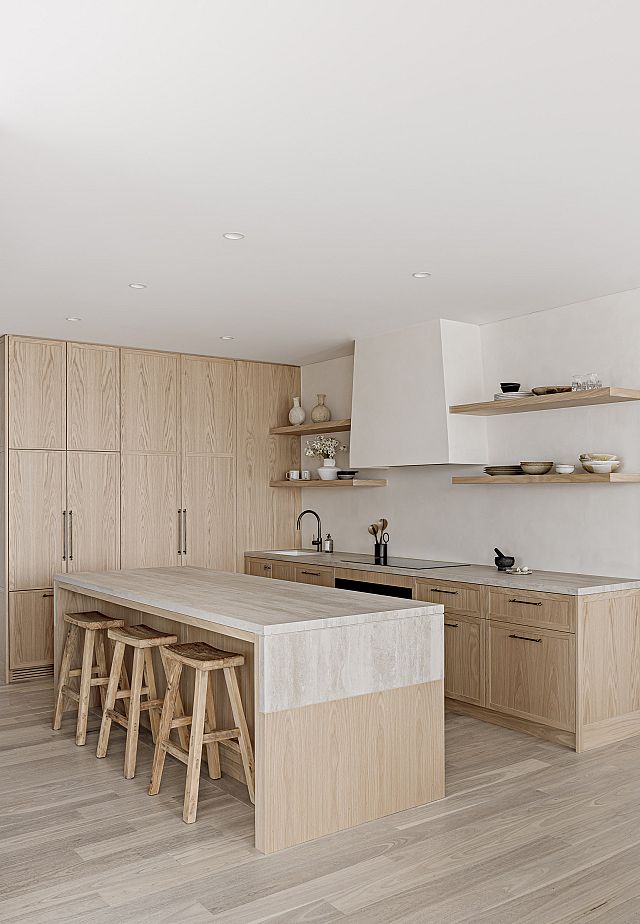
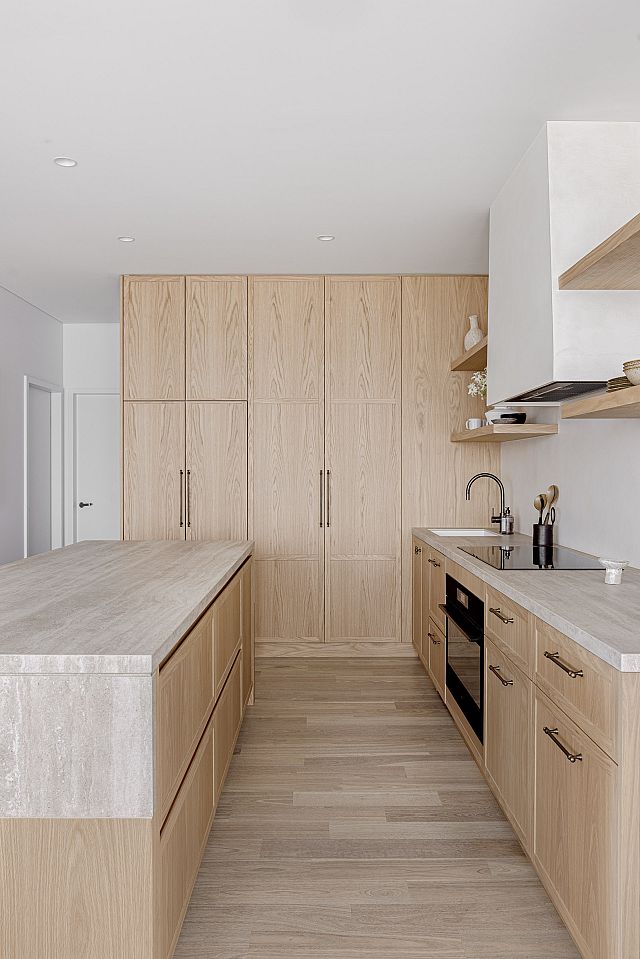
The shark nose edge
Named for its close resemblance to a shark’s nose, the shark nose profile is easily recognisable for its smooth, concave shape. Cottee Parker’s design for Magnus Apartments is an excellent example of how clean and architectural a shark nose edge can appear.
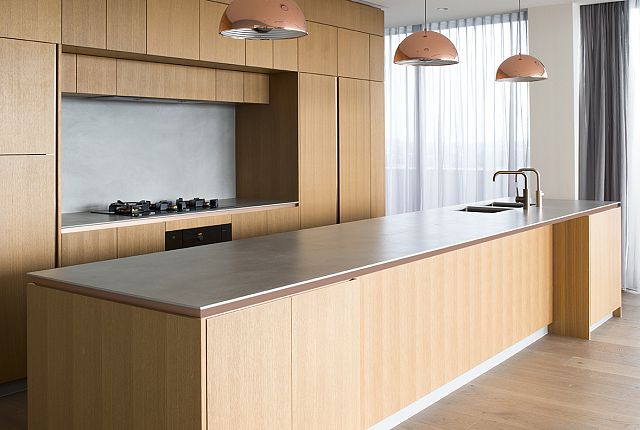


The open base bench
Lifting the volume of a benchtop off the floor creates a sense of space in your kitchen, with the added functionality of doubling up your functional food preparation zone with a serviceable bench for eating and working. If the desired look is to be able to put stools under your countertop, the porcelain slab needs to be fully supported (it cannot be cantilevered), as can be seen in Oreo House. For this project architecture and interior design firm, Taylor Pressly, has used a timber frame to support the Maximum Calacatta porcelain slab.

Like this article? Read up on the new architectural aesthetic for porcelain on kitchen benchtops.
Words by Alice Blackwood